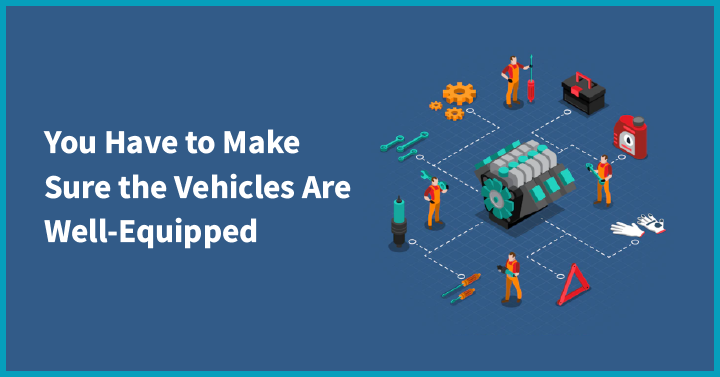1. You'll Be Doing More Than Keeping a Watchful Eye

You might have already guessed that as a manager, one of the tasks you must do is to keep an eye on each vehicle. However, that's not the only thing you have to do. A fleet manager has many responsibilities ranging from scheduling fleet maintenance to compiling accurate data. The tasks of a fleet manager can be very overwhelming because of you're going to be doing so much at once. Doing them manually can cause a lot of unnecessary stress.
As a result, this can reduce your overall visibility into how efficient your fleet is. Fortunately, fleet management technology has evolved to a point where you can basically keep tabs on everything at once. Installing safety devices such as CameraMatics commercial dash cams streamlines fleet management. They do this using AI powered telematics and camera footage combined into powerful dashboard reports in order to flag fleet safety and performance issues. This system can assist you giving you quick, accurate data from each vehicle that's currently in use. You can also track the vehicles more efficiently and see where they are at any given time.
2. You Have to Make Sure the Vehicles Are Well-Equipped

You might be wondering what technology is involved that allows you to keep track of so many vehicles at once. There are a few pieces of technology that's installed into each vehicle. Here is a quick list of fleet management technology you'll need to install:
- Electronic logging devices (ELDs)
- GPS tracking systems
- Tachographs
- Dash cams
- Anti-lock brakes
We'll briefly go over what some of the technology does to help give you a better understanding. Electronic logging devices are equipment that's installed in the onboard diagnostics (OBD). This is where most of the data you collect comes from. ELDs record everything ranging from when the car is turned on to how it turned at a certain point in time. Combined with a tachograph, which is basically the same as an ELD except it focuses on the overall speed of the vehicle. GPS tracking systems are how you learn where each vehicle is at any given point in time. Not only is this a great way to ensure the drivers are doing their job, it's a fantastic anti-theft safety measure. Implementing fleet management software is going to make your job a lot less strenuous.
3. The Job Can Be Remote

Back in the day, technology wasn't innovative enough to keep track of vehicles without being at a company. However, it's now evolved to a point where with the right remote work essentials, you can work this job from your own home. Granted, each position is different based on the company you work for. You'll have to make sure the position explicitly states it's remote. Or, during the interview, you can also ask if you can transition to a remote position in the near future.
 Interested in Virtual Team Building Events?
Interested in Virtual Team Building Events?





















